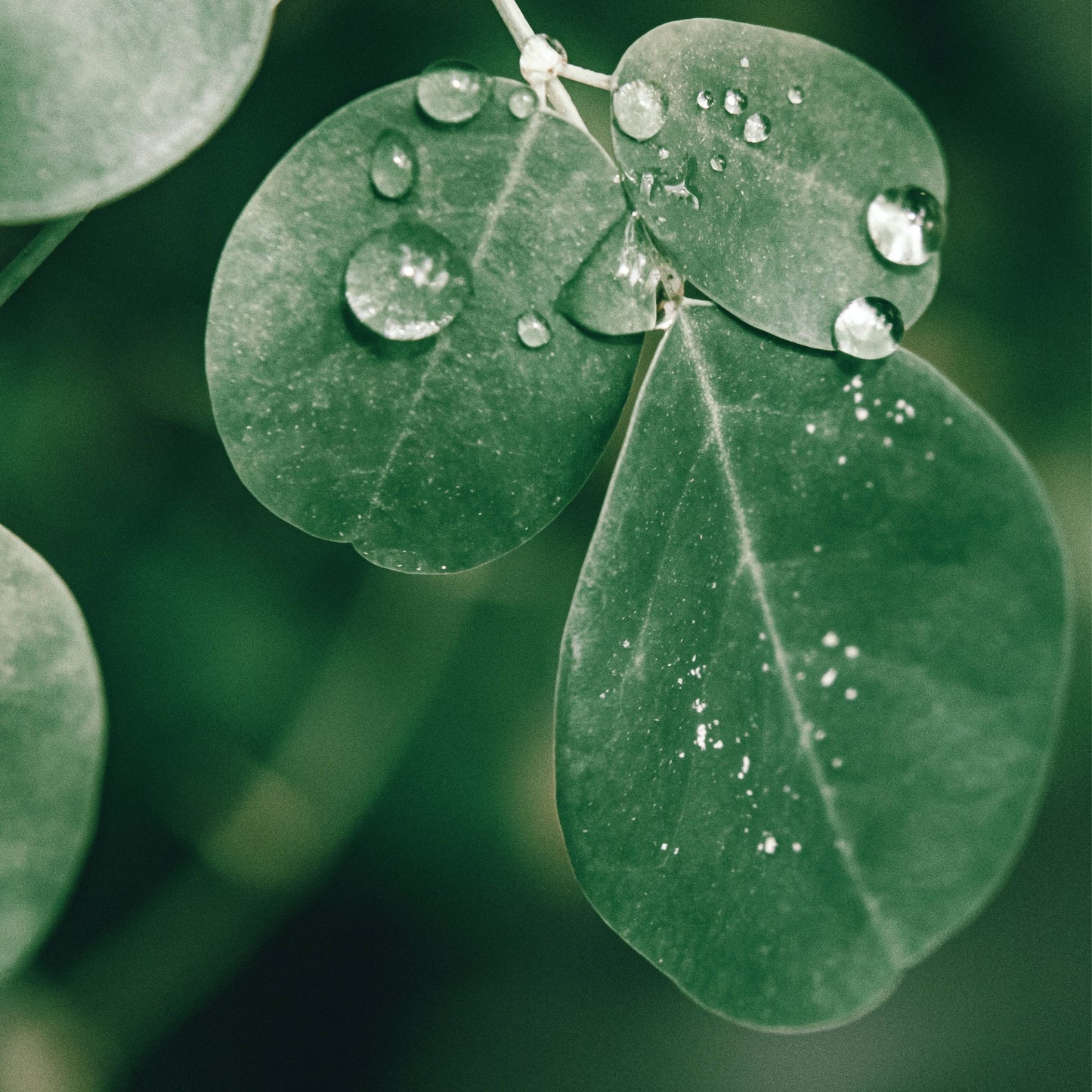
Moringa: The Everyday Nutrition Add-In
Author: John S. Matthews | Updated: Monday, 13 October 2025 | 16:05 BST
Moringa (often called the “drumstick tree”) is a leafy green used in cuisines and traditional practices across Africa and South Asia. In the UK, it’s a popular, plant-based add-in for simple daily routines—available as powders, capsules, and as an infusion in sea moss gel.
Featured Summary: Moringa provides a convenient source of plant nutrients—including vitamin A, vitamin C, vitamin E, calcium, iron and potassium—plus fibre and small amounts of all nine essential amino acids. Use it in capsules for no taste, or choose a moringa-infused sea moss gel for smoothies, porridge and soups.
What Exactly Is Moringa?
Moringa oleifera is a fast-growing tree whose leaves are dried and milled into a fine green powder. The flavour is gently herbal—think spinach meets green tea—which blends well with citrus, ginger, and creamy bases.
Nutrition Snapshot (Plain-English)
- Vitamins: A, C and E are present—nutrients involved in everyday functions like normal skin and immune processes.
- Minerals: Calcium, iron and potassium feature in typical moringa leaf powders (exact amounts vary by batch).
- Protein & amino acids: Contains all nine essential amino acids in modest amounts (it’s still a leafy green, not a protein powder).
- Fibre: Adds a small bump of fibre to recipes and gel blends.
Note: Nutrient levels differ by soil, season and processing. Treat moringa as a whole-food ingredient, not a cure-all.
Why People Choose Moringa
- Simple routine fit: Easy to take as capsules or to blend into a morning smoothie.
- Herbal, kitchen-friendly profile: Works with lemon, ginger, apple, kiwi and oat/coconut bases.
- Plant-based pantry staple: A compact way to add green variety to everyday meals.
How to Use Moringa (Capsules & Gel)
Moringa Capsules
- How: Follow your product label (commonly 2–4 capsules daily with water).
- Good for: Zero taste, travel, consistent portions.
Moringa-Infused Sea Moss Gel
- How: Start with 1 tsp; many people use up to 1–2 tbsp daily.
- Blend ideas: Kiwi–apple–lime smoothie; swirl into porridge after cooking; whisk into warm (not boiling) lemon-ginger tea.
- Storage: Keep refrigerated; use a clean spoon; follow the use-by date.
Quality & Organic Sourcing
- Organic leaves: Choose products made from organically grown moringa leaves with transparent sourcing.
- Short ingredient lists (gels): We keep our gels simple—sea moss, water and citrus—then infuse with moringa. No artificial preservatives.
- Freshness: Refrigeration and clear use-by guidance are key for ready-made gels.
Safety & Sensible Use
- Medication & conditions: If you take prescribed medicines or have a diagnosed condition, seek professional advice before regular use.
- Pregnancy & breastfeeding: Consult a healthcare professional.
- Allergies/sensitivities: Introduce gradually and monitor how you personally get on.
FAQs
-
Does moringa have caffeine?
No—moringa is a leafy green, not a tea leaf like matcha. -
What does it taste like?
Mildly herbal/green. Citrus and ginger pair well if you’re new to the flavour. -
Gel or capsules?
Capsules for no taste and travel; gel for kitchen versatility.
Related Reading
Disclaimer: This guide shares general food information and is not medical advice. If you are pregnant/breastfeeding, take prescribed medication, or have a diagnosed condition, consult a healthcare professional before regular use.
